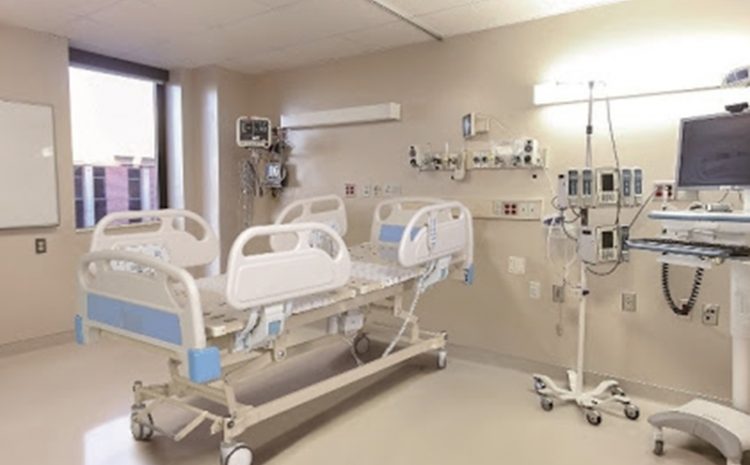
What is five function hospital bed?
A five-function home hospital bed has five adjustments. They are typically head (or back), foot, height, Trendelenburg and reverse Trendelenburg adjustments.
Standard consumer beds are fixed platforms, parallel to the floor, and locked in at a certain height. Adjustable beds, in contrast, feature mechanisms that allow occupants and caregivers to modify the bed’s shape, height, and even the angle of the bed’s surface.
Adjustable bed manufacturers and retailers categorize home hospital beds according to the number and type of adjustments. We discussed in an earlier article how beds are categorized according to the way their adjustments are powered: manual, semi-electric, and fully electric. In this article, we’re going to look at another way that you will often see beds advertised.
A basic home hospital bed may only be adjustable in one location, often at the head so the occupant can comfortably sit up in bed. As beds become more sophisticated, the number and flexibility of the adjustments increases, culminating in the five-function bed with electric adjustments. Each adjustment serves a purpose, contributing to the comfort, safety, and the treatment of the patient.
Hospital Bed Adjustments Explained
Why does a bed need five functions? A home hospital bed is medical equipment. The more flexible the shape and the position of the bed’s surface are, the better it is for treating a wide range of conditions and improving the quality of life of a patient who may spend many hours a day in bed.
Head Adjustment
The head or backrest adjustment on the home hospital bed controls the top area of the bed. It raises and lowers the upper body. Its range of movement is from flat to almost vertical.
Sitting up in bed is the obvious application for the head adjustment, but many conditions benefit from a raised resting and sleeping position. Individuals with respiratory conditions such as COPD are often advised to sleep in a semi-recumbent position to reduce stress on their lungs.
Foot Adjustment
The foot adjustment or leg elevation function raises and lowers the legs. The foot adjustment includes a knee break or articulation, which allows the knees to be raised above the feet—alongside the head adjustment, this allows the bed to take the shape of a chair.
The foot adjustment is particularly important for patients with heart and circulation issues, who are often advised to rest with their legs raised to prevent blood pooling and swelling in the lower limbs.
Height Adjustment
The height adjustment—often called a hi-low adjustment—controls the height of the bed from the floor. The height adjustment is one of a home hospital bed’s most important safety and convenience features.
- It allows the bed to be adjusted to an ergonomic height when a caregiver or medical professional is treating the patient.
- It is dangerous for patients with mobility and strength limitations to get on or off a bed that is too high or low. The height adjustment allows the bed to be repositioned to the perfect distance from the floor for low-effort transfer to the floor or bed.
- When wheelchair users transfer to or from their wheelchair, the bed should be at the same height as the wheelchair.
Trendelenburg and Reverse Trendelenburg Adjustment
The Trendelenburg adjustment tilts the bed’s surface, lowering the head and raising the legs while the surface of the bed remains flat.
The adjustment is named for the Trendelenburg Position, in which the patient is laid on their back on a 15–30-degree incline. Medical professionals use the Trendelenburg Position in many scenarios, particularly during some surgeries and for patients with respiratory or circulatory conditions.
The Reverse Trendelenburg tilts the bed in the opposite direction, raising the head and lowering the feet.
Cardiac Chair Position
The cardiac chair position, which you will often find mentioned alongside the home hospital bed’s specifications, is a position that raises the head and knees, providing support for the back, arms, and legs. It gives relief to the lungs and circulation, and patients with heart conditions often use it.
To achieve the cardiac chair position, a bed must have a head, leg, knee articulation, and tilt adjustments.
